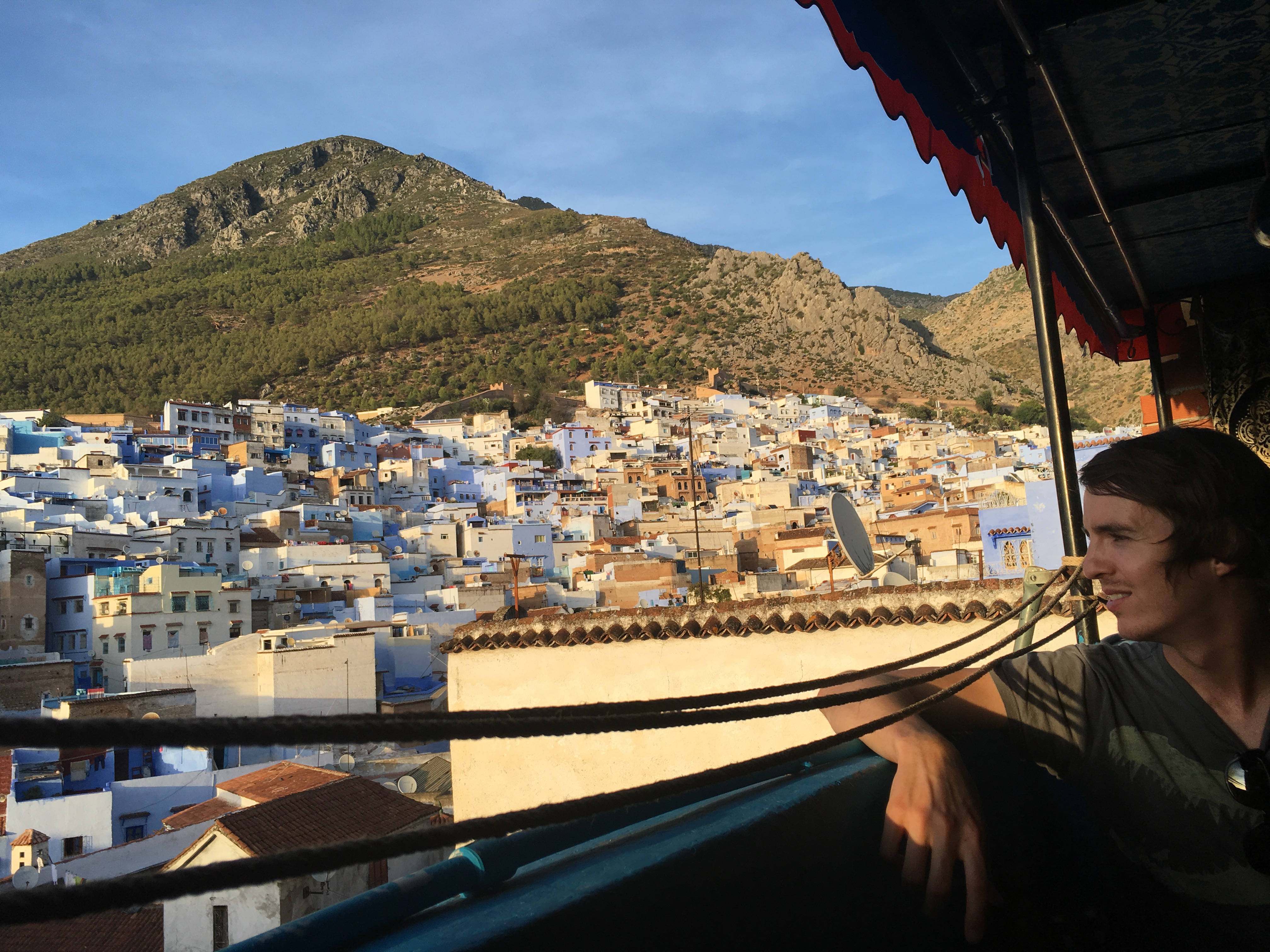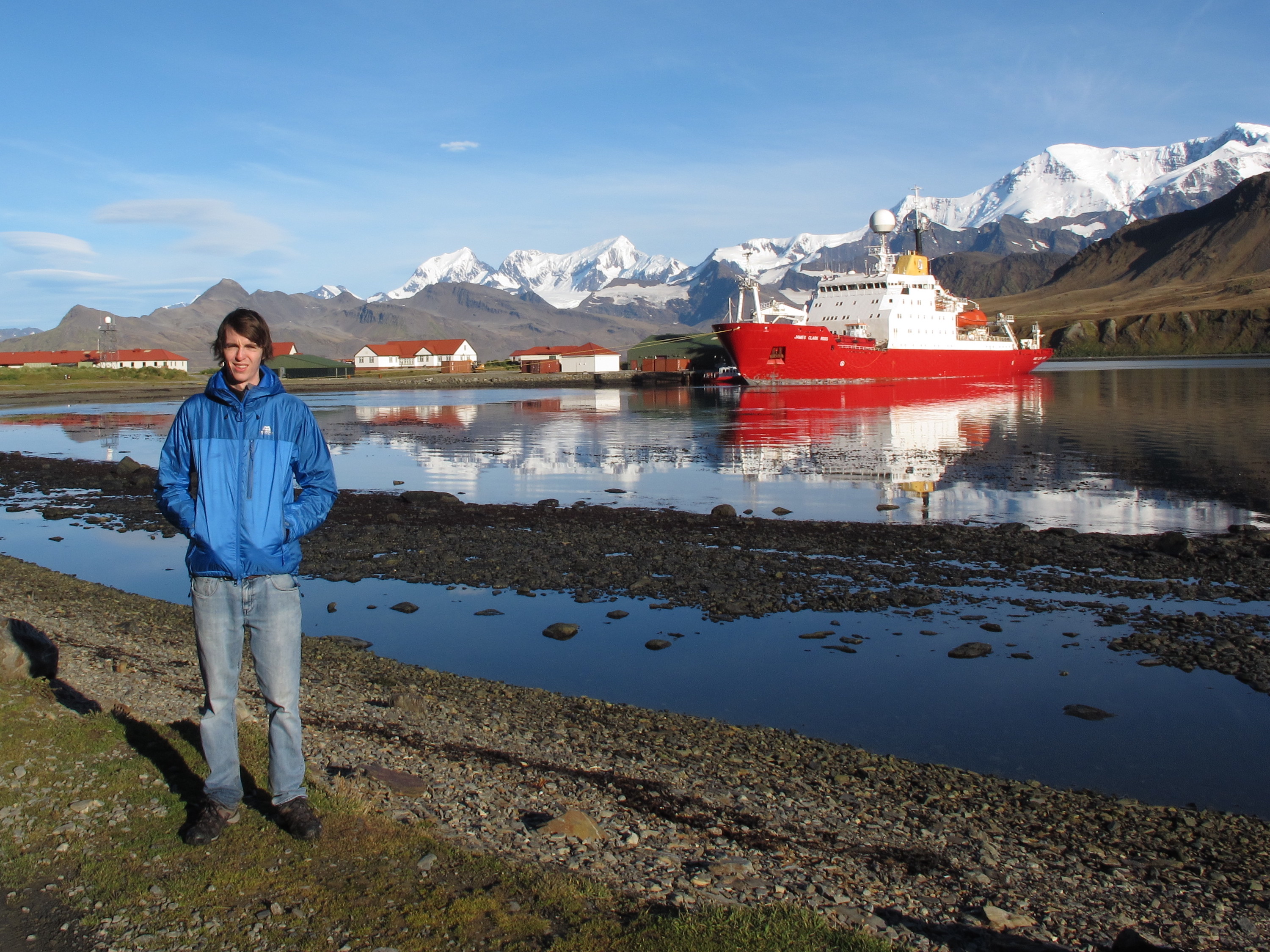About Me
I am a physical oceanographer at the based at the National Oceanography Centre (NOC), Southampton. I am interested in the dynamics of the ocean on a range of spatial and temporal scales, and in particular the roles of diabatic and adiabatic process in driving the global overturning circulation using water mass transformation frameworks in observational- and model-based data.
Currently, I work as part of the NOC-based CLASS (Climate Linked Atlantic Sector Science) project. My work focusses on utilising the observational data available in the Atlantic to understand the link between the variability in water masses, air-sea buoyancy fluxes and the meridional overturning circulation.




During my PhD, I developed innovative tools to project oceanographic data into temperature and salinity coordinates and compute the cross-isotherm and cross-isohaline transformations by air–ice–sea buoyancy fluxes and mixing to explain changes in water mass volume. I use these tools to distill the key diabatic processes that link the global MOC in temperature and salinity coordinates to observable dynamical processes.
For example, I used data from a repeat hydrographic section across Drake Passage to show the imprint of the Southern Ocean overturning in the seasonal variability of water masses in temperature and salinity coordinates. I subsequently extended this analysis to the whole Southern Ocean to reveal new insight into the upwelling and transformation of deep water. I have also used the same temperature and salinity framework to show that wind-driven heave over the North Atlantic subtropical gyre drove a recent downturn in the Atlantic meridional overturning.
Following my PhD, I worked as part of the MerMEED (MEchanisms Responsible for Mesoscale Eddy Energy Dissipation) project. We investigated what happens to mesoscale eddies as they interact with the steep topography along oceanic western boundaries. Using observations we examined what processes drive enhanced turbulence as eddy-driven flow impinges on topography. Along the way I generalised a method to estimate turbulence from Seaglider flight